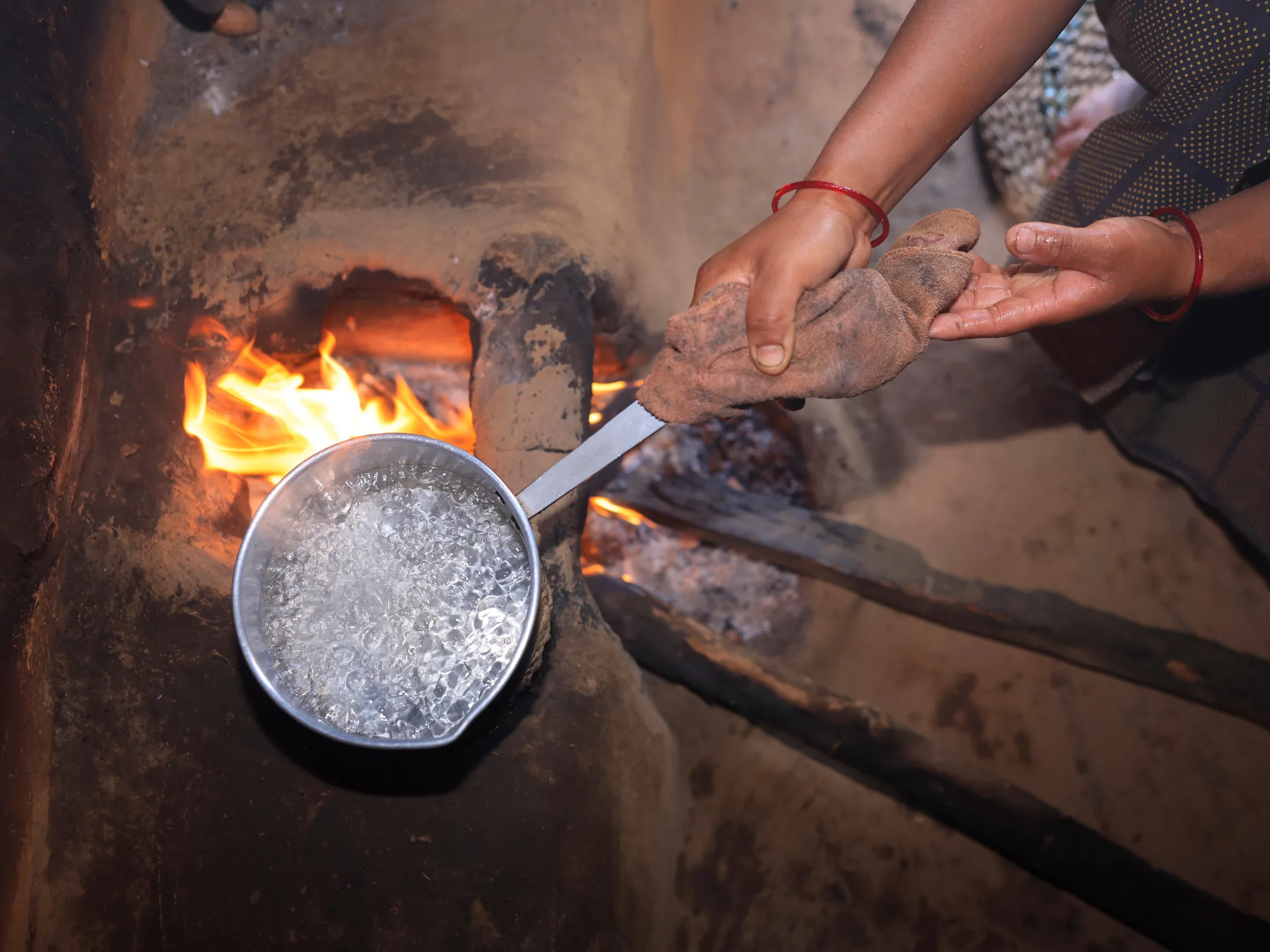Adapting behaviour change strategies to the climate crisis
Scaling and innovating to climate-proof water systems for billions without basic services. Enter the hub approach, a promising strategy with great potential.

Water security is at the core of the global climate crisis. Yet, at the midpoint, SDG 6 is dramatically and dangerously off-track to reaching the goal of safely managed water and sanitation for all by 2030. As changing weather patterns and increasing climatic events further impact water quantity and quality, people's vulnerabilities are rising. Impacted communities today are increasing their use of secondary water sources, some of which may be contaminated.
Historical lessons from responses to public health crises, notably the recent COVID-19 pandemic, underscore the vital necessity of rapidly scaling behaviour change interventions with speed and quality. In the urgent context where there is a heightened risk for communities to draw their water from unsafe sources, the need to learn and adopt safer practices is paramount.
BCC rethink
COVID-19 and the associated travel restrictions brought opportunity through a forced re-think of our behavioural change activities. The hub approach and SNV’s long-term presence in countries allowed us to adapt to our changed circumstances more easily. We innovated capacity-strengthening activities, data collection, and analysis with online support, and reduced the need for international travel, improving our carbon footprint. Within two years, seven campaigns were developed and delivered in both rural and urban settings remotely – ranging from trachoma reduction in Ethiopia, child faeces management in Bhutan utilising mobile phone-based tools, handwashing with soap in Lao PDR, to resilient sanitation in Mozambique, and COVID-safe behaviours in Indonesia.
BCC on climate action
In 2023-24, the hub approach was applied to accelerate the promotion of climate-relevant WASH behaviours in Nepal, Bhutan, and Lao PDR. By working simultaneously, formative research design was immediately followed by campaign activation, saving SNV teams and partners’ time and resources. Today, we don’t only have data on the impacts of climate change on rural WASH systems; our teams are already implementing or creating campaigns to build the resilience of communities embedded within wider systems-strengthening efforts.
Formative research in Bhutan found that the secondary water sources used as alternatives during the dry season are mostly unsafe, and practices for properly boiling water for treatment vary. In the colder region, boiling using electric kettles is commonly practised as hot water is preferred in the cold weather. In warmer regions, many do not treat their water. Besides having an aversion to the taste of warm water, the general belief is that water is safe to drink. In 2024, our teams tailored water treatment campaigns to improve, increase, and sustain the practice of boiling water from secondary sources suited to the different hot and cold climatic environments.
Like parts of Bhutan, some communities in Nepal’s hilly areas and terai plains rely on more contaminated water sources, such as groundwater in the plains, to cope with drying water sources. In addition to promoting sustainable water treatment methods, our teams raised awareness about efficient water use and reuse, emphasising the importance of groundwater recharge.

To ensure that water is safe to drink, it should be boiled until bubbles form and continuously rise to the surface.
In Lao PDR, formative research results on improving rainwater harvesting as a secondary source were integrated into local government-led Water Safety Planning (WSP) processes to improve self-supply options for households in Savannkahet Province that regularly face flood scenarios.
These examples show the changing patterns of water consumption in different changing climatic contexts and associated behaviours where people are forced to resort to unsafe water sources.
In a world where billions of people still lack access to safe drinking water and sanitation services, the WASH sector faces the fundamental challenge of finding less resource-intensive but effective ways to help people adapt their water systems to climate change. Accelerating the promotion of and support for adaptation to new behaviours and reinforcement of positive coping mechanisms is key to strengthening communities’ resilience.
The hub approach presents such possibilities.
** To learn more about the hub approach and our work in rural water and sanitation, contact Gabrielle Halcrow, blog contributor and SNV's Global Product Coordinator, Climate Resilient Rural WASH, at water@snv.org.
What is the hub approach?
The behaviour change hub offers expert central support (hub) to diverse organisational teams (spokes) working to promote positive behaviour changes. An approach developed by SNV and Upward Spiral, the hub promotes cross-border peer exchange, collaboration, and learning.
It also provides creative input into the development of BCC campaign videos.
